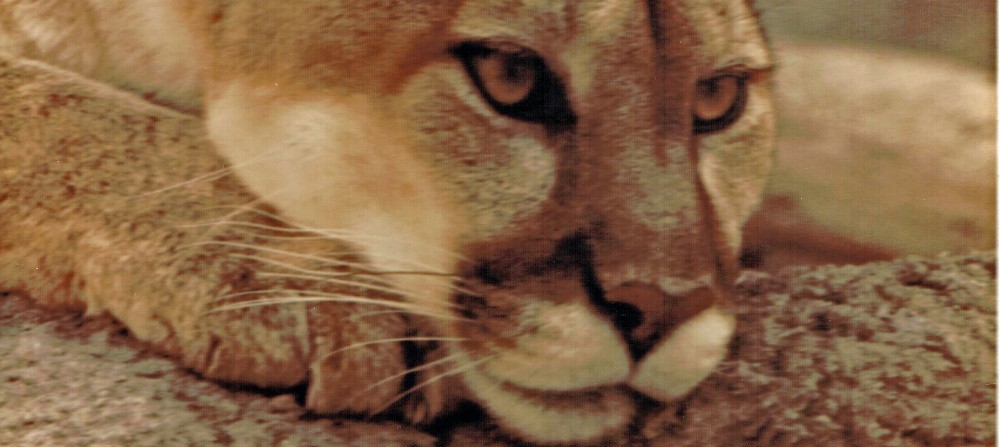The World Wildlife Fund‘s annual Living Planet Report surveys over 10,000 representative populations of mammals, birds, reptiles, amphibians and fish. The 2014 report has just been released and it shows populations of wild vertebrate species declined 52 percent between 1970 and 2010. The report points the finger at habitat loss and destruction and the exploitation of animal populations as the primary causes of the die-off. The effects of climate change are also having a significant impact and are anticipated to have an even greater impact in the future. While the WWF admits the report “is not for the faint-hearted,” they hope that the information will prove useful so “humanity can make better choices that translate into clear benefits for ecology, society and the economy today and in the long term.”
The statistical breakdowns in the report are disturbing reading indeed: terrestrial and marine species declined by 39 percent over the 40-year period, while freshwater species declined by 76 percent. For the populations where threats could be identified and monitored, responsibility for population decline was attributed to exploitation 37 percent of the time, habitat degradation or change 31.4 percent of the time, habitat loss 13.4 percent, and climate change 7.1 percent. Other threats identified were invasive species or genes, pollution and disease. To break it down further, including the good news and the bad news, the WWF have produced an excellent infographic showing the impact of human activity on biodiversity….
For the full article, click here.







